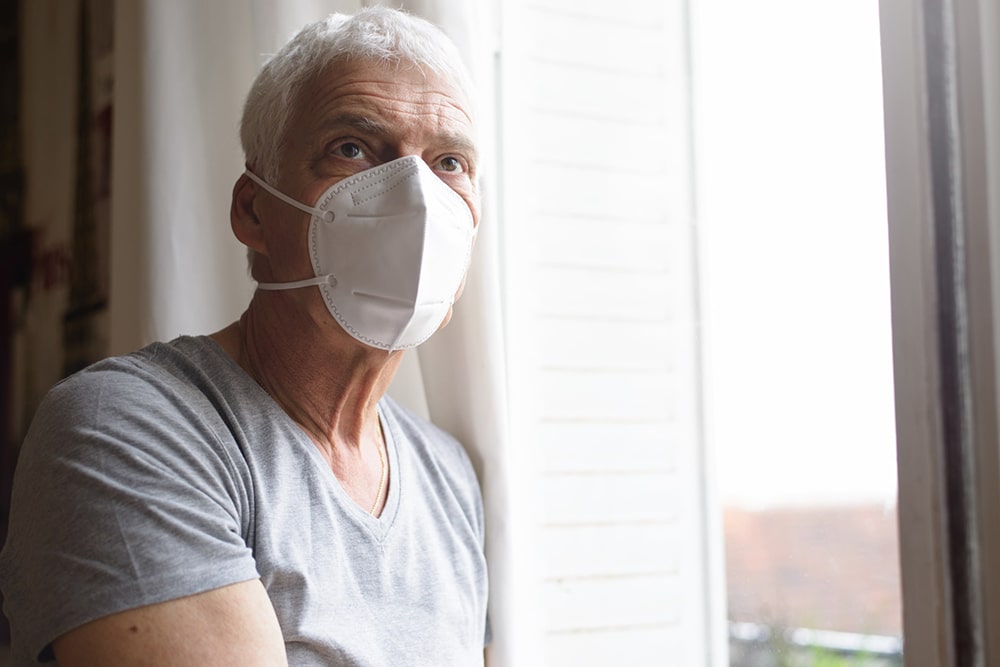Measuring the effects of indoor air pollution
16 jan 2023

Researchers set out a new approach for studying the risk of chronic exposure to potentially toxic indoor air on human health.
Poor indoor air quality is potentially a greater health risk than outdoor pollution as we spend about 90% of time indoors – such as at home, school, work or visiting shops or restaurants. Chronic exposure to poor-quality indoor air has been linked to lung diseases like asthma and lung cancer, heart diseases and stroke. Children are particularly vulnerable to poor indoor air quality because their lungs are still developing.
Indoor air pollution is dust, dirt or gases in the air inside buildings that could be harmful to breathe in. The main sources of these unwanted pollutants are building and cleaning materials, furnishings, electronic equipment – and combustion from burning fuels (such as gas stoves and wood burners), tobacco or candles.
Typically, indoor air contains a complex mixture of many different chemicals at low concentrations. But while the amount of each substance may be negligible and cause no adverse health effects, in combination they may pose a risk to human health. But most studies of indoor air quality are currently focussed on measuring the concentration of individual substances.
A holistic approach
In a new study, published in Current Research in Toxicology, researchers used several methods to assess the potential overall toxicity and health hazard of indoor air.1
The researchers collected a total of 40 water samples condensed from indoor air from different facilities in Finland – including homes, public buildings, offices and schools. They applied a series of different tests on the samples to assess their biological effects. They also measured the concentrations of 25 volatile organic compounds (VOCs) and Genapol X-80 (a chemical that is widely used in cleaning products) suspected to be present – as well as performing a ‘total chemical scan’ for the presence of any unknown substances.
The team could not detect the defined VOCs or Genapol X-80 in the indoor air samples, yet they identified several adverse biological effects including cytoxicity, immunotoxicity, skin sensitisation and hormone disruption. They also found a larger number of unknown chemicals in the cytotoxic samples than in the non-cytotoxic samples, further supporting the validity of the selected biological methods.
The researchers used ultrapure water generated from an ELGA PURELAB® laboratory water purification system for all chemical analyses, minimising the risk of introducing contaminants that may affect their results.
Monitoring complexity
This study highlights the extensive complexity of assessing the safety of indoor air condensates, which are typically a mixture of many chemicals at extremely low concentrations. The results confirm that assessing the toxicity of indoor air by the analysis of individual substances is an inadequate approach. In the case of such complex samples, it is more appropriate to consider them as unknown mixtures and to monitor their overall toxicological profile.
Why choose ELGA LabWater
ELGA LabWater has been a trusted name in pure and ultrapure water since 1937. Our dedication to ultrapure and pure water is a guarantee that we will continue to provide the best solutions with the best service.
Reference:
- Marika, M. et al. New approach methods for assessing indoor air toxicity. Curr Res Toxicol. 2022; Oct 13;3:100090. doi: 10.1016/j.crtox.2022.100090
Dr Alison Halliday
After completing an undergraduate degree in Biochemistry & Genetics at Sheffield University, Alison was awarded a PhD in Human Molecular Genetics at the University of Newcastle. She carried out five years as a Senior Postdoctoral Research Fellow at UCL, investigating the genes involved in childhood obesity syndrome. Moving into science communications, she spent ten years at Cancer Research UK engaging the public about the charity’s work. She now specialises in writing about research across the life sciences, medicine and health.
